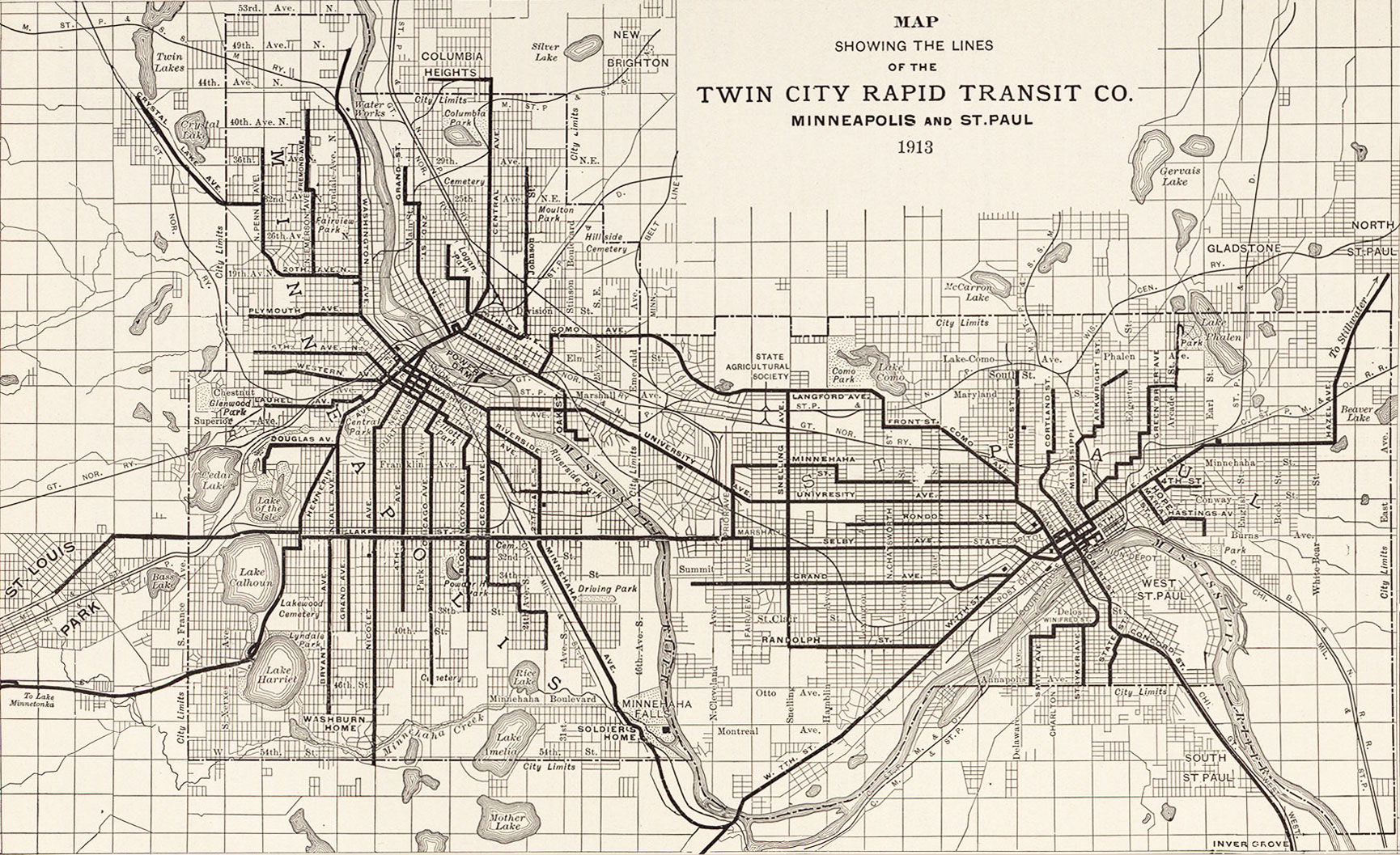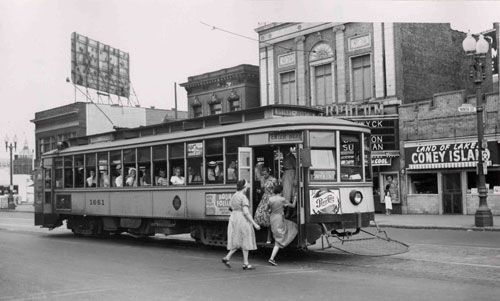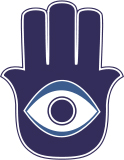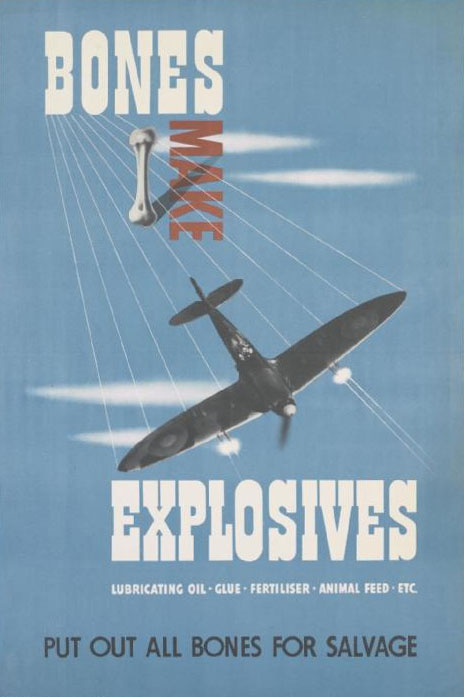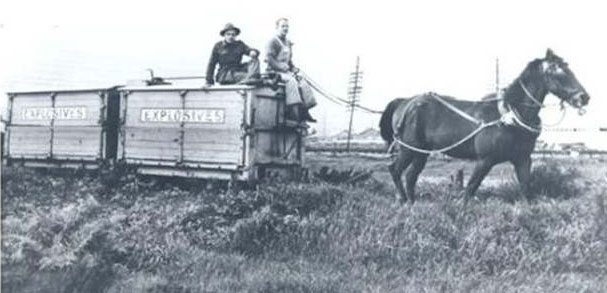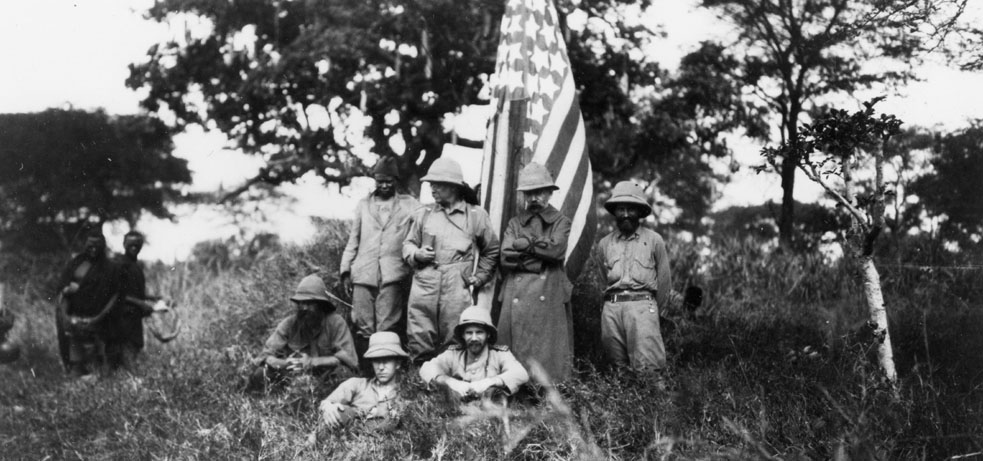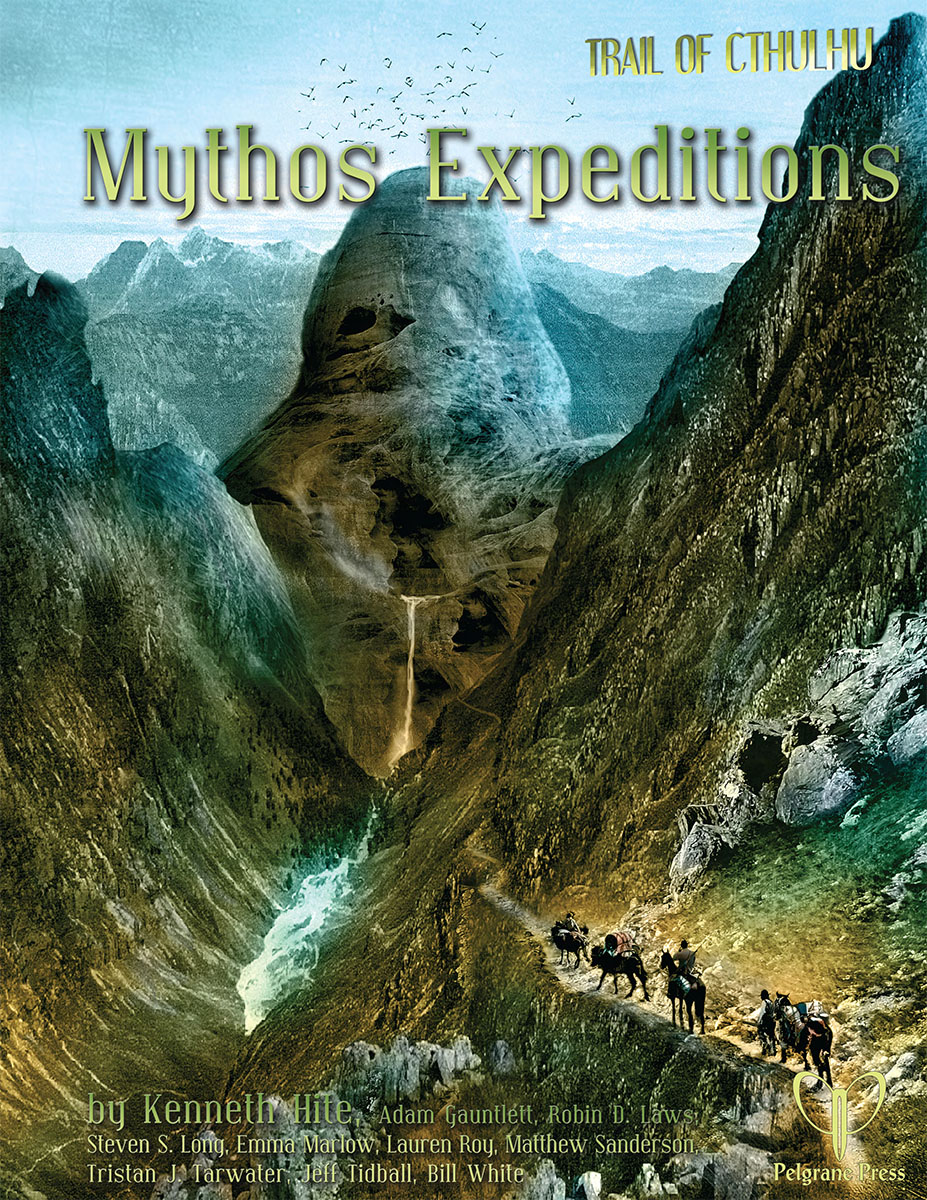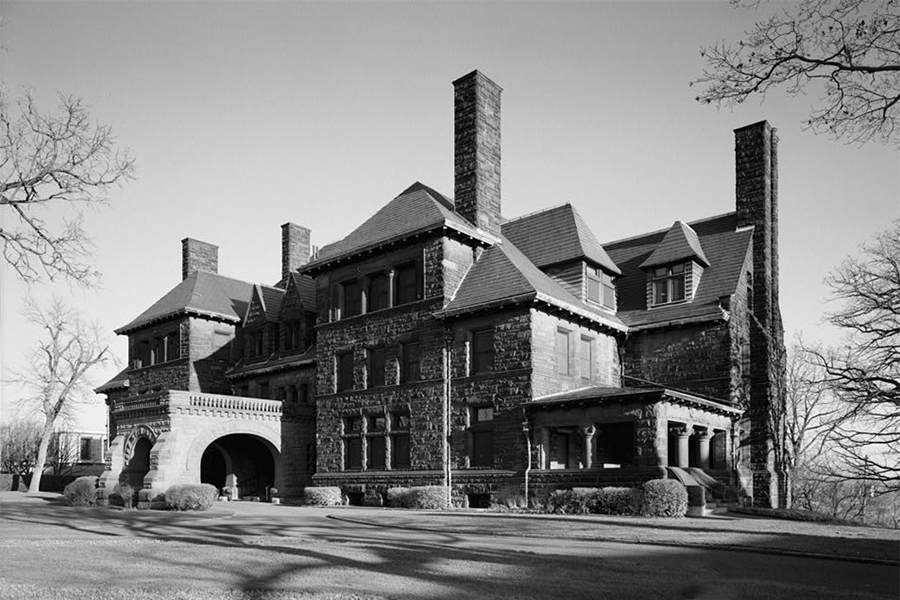
As the scenario begins, one or more of the PCs have received a call from Detective Fred Watson in the middle of the night. Perhaps they’ve worked with him on previous cases. Perhaps they’ve been recommended to him. Whatever the connection, he has a case that needs their ‘special skills’ and he needs them to come up to the James J. Hill House in St. Paul immediately.
BACKGROUND – THE HILL FAMILY
- James J. Hill (1838-1916) was the CEO of the Great Northern Railway.
- Met Mary Theresa Mehegan (a daughter of Irish immigrants; waitress working in the Merchants Hotel in St. Paul) in 1864; married her in 1867. She died in 1921.
- They had 10 children together: Mary, James, Louis, Clara, Katherine (d. 1876, infant), Charlotte (d. 1923, pneumonia), Ruth, Rachel, Gertrude, and Walter.
- The children have largely scattered – most to New York. Walter lives on a ranch in Montana. (Louis and James are still local, but went with Ruth and Gertrude back to New York a couple weeks ago. Ruth and Gertrude were in town arranging the donation of the house with Rachel.) Only Rachel is currently in town.
BACKGROUND – THE MANSION
- Exterior built of a reddish stone.
- The mansion was completed in 1891. It was the largest and most expensive home in Minnesota, containing 36,500 square feet on five floors (13 bathrooms, 22 fireplaces, 16 cut-glass chandeliers, profusion of elaborately carved oak and mahogany woodwork, a three-story pipe organ).
- President McKinley visited in 1899.
- Back side of the house is on a kind of bluff. It looks out past the Cathedral (which rears up from some unseen depth) and across the sweeping, gently swelling hills of Saint Paul.
OVERVIEW – THE PARTY
- Rachel Hill wanted to throw one last party before she and her sisters donate the house to the Roman Catholic Dioceses of St. Paul. (They have recently purchased the house from her mother’s estate.)
- She invited 8 people. 13 people actually showed up because people brought friends or dates, so there were a total of 15 people in the house (including Rachel and the house servant Lucretia Gray).
- Gladys Roy left early (because she has an aerobatics show in the morning).
- Rachel went to bed with headache shortly after midnight.
- At 1 AM (the thirteenth hour), the Tanit-tainted liquor activated. Alicia Corey activated her Hamsa, which disrupted the ascendance of Tanit, but killed everyone there. Alicia Corey’s left hand was partially saved; but the partially ascended Tanit fragments in the left hands of the other guests separated from their hosts and crawled away.
- Screams awoke Lucretia. She woke Rachel. The police were phoned and arrived around 1:40 AM.
LOCATIONS OF THE DEAD BODIES
- Carriage Porch (1)
- Hall (2)
- Library (3)
- Art Gallery (3)
- Balcony (1 + Alicia Corey’s body)
- Attic Theater (2 + 2 Hands of Tanit)
GM Note: If the number of bodies are compared to the count of guests given by Rachel, it will be noted that one is missing: Gladys Roy (who left).
INVESTIGATING THE DEAD BODIES
Left hands are missing. Stumps left behind are not bleeding.
Some bodies have a small amount of bleeding from nostrils or ears.
Medicine: The flesh on the stumps are pink and new.
- Medicine 1 / Pump Stomach: The contents of the victims’ stomachs are slightly purplish and resemble a non-Newtonian fluid; like water mixed with corn starch. (This can be analyzed with proper lab equipment. See General Research: Lab Analysis – Tanit Parasites.)
- Medicine 2 / Autopsy: Cause of death is acute hemorrhaging in the brain, similar to an aneurysm.
Autopsy: Multiple sites in the right side of the brain are damaged. Left side of the brain appears entirely healthy.
- Autopsy (Medicine 1): The Broca area of the brain, in the left hemisphere, shows signs of very slight atrophy.
- Autopsy – Alicia’s Body / Hand of Tanit: Tissue in the left hand has been replaced with some sort of purplish, crystalline structure. (This counts as a 1-point dedicated pool when investigating the tophet serum, allowing the researcher to automatically see how the hexagonal cells are forming the biocrystalline structures.)
Alicia’s Biocrystal: The structure has decayed throughout her hand; some sort of apoptosis or necrotic effect damaging the tissue. It extends up the Ulnar canal – the semi-rigid longitudinal canal in the wrist which allows passage of the ulnar artery and ulnar nerve into the hand.
Hands of Tanit: The biocrystalline structures are connected to the eye in the palm of the hand. Their exact function is unclear.
AROUND THE HOUSE
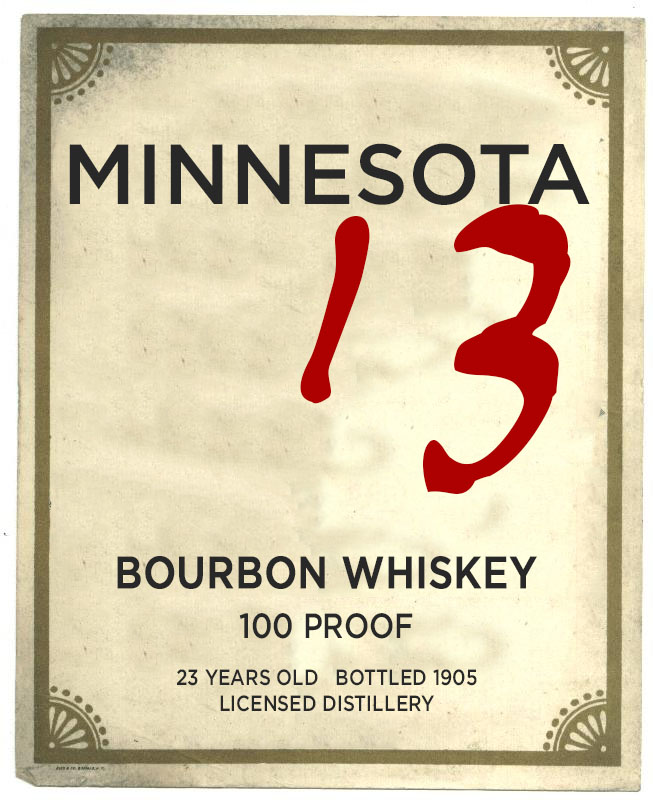
These items can be found throughout the house. The GM should liberally strew them wherever it seems appropriate.
Minnesota 13 Whiskey Bottles: They were being drunk everywhere.
- Prop: Minnesota 13 Whiskey
- See Node 2: Research – Minnesota 13
13 Black Cat Flyers: Several people have them in their pockets, etc. There may also be a few strewn around on tables and the like where people abandoned them. (See Node 1: The Black Cats.)
- GM Note: Gladys Roy was handing them out.
ARRIVAL @ HILL HOUSE
There’s a gaggle of reporters at the front gate (which is being watched by two patrolmen; they’ve been told to expect the PCs). Police officers mill about on the front lawn. Fred Watson meets them as they come across the lawn.
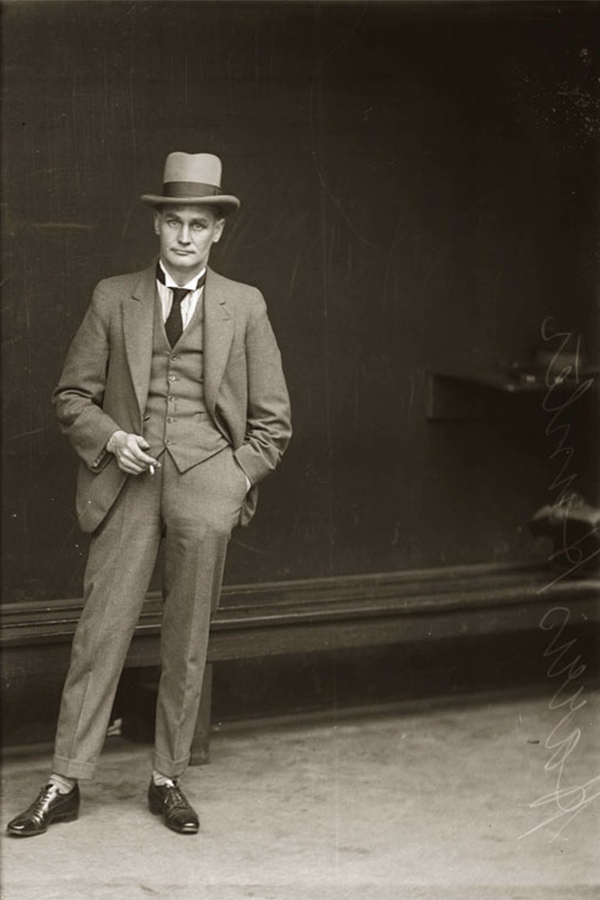 Detective Fred Watson:
Detective Fred Watson:
- Police arrived. He got called in. Saw the missing left hands and concluded this was the type of case he should call the PCs in for.
- Cleared the cops out of the mansion so that the PCs would have a clean slate (and to put some sort of stop to any weird rumors that are beginning to spread).
GM Note: The structural key here is that the PCs should be allowed to do their own investigation. If they just listen to Watson tell them what he’s found or have him lead them around the house, that’s really boring game play.
Three Key Points from Fred:
- There are bodies; he doesn’t know how many.
- Rachel Hill, the owner of the house, is in her room on the second floor.
- He’s going to go talk to the reporters now; the PCs should go look at the house.
GM Note: Fred won’t think to mention Lucretia (she’s just a Negro servant after all); but if someone explicitly asks if there are any other witnesses he’ll mention her. She’s in her room in the Servant’s Quarters on the third floor.
Cops: If the PCs question the cops who were cleared out by Fred, they can tell them:
- The known locations of dead bodies (see above; although they don’t single out Alicia Corey).
- That Rachel Hill is in her room on the second floor.
- That Lucretia Gray, the household servant, is in her room on the third floor.
Carriage Porch: There is a corpse with a drop-cloth over it on the front stairs.

